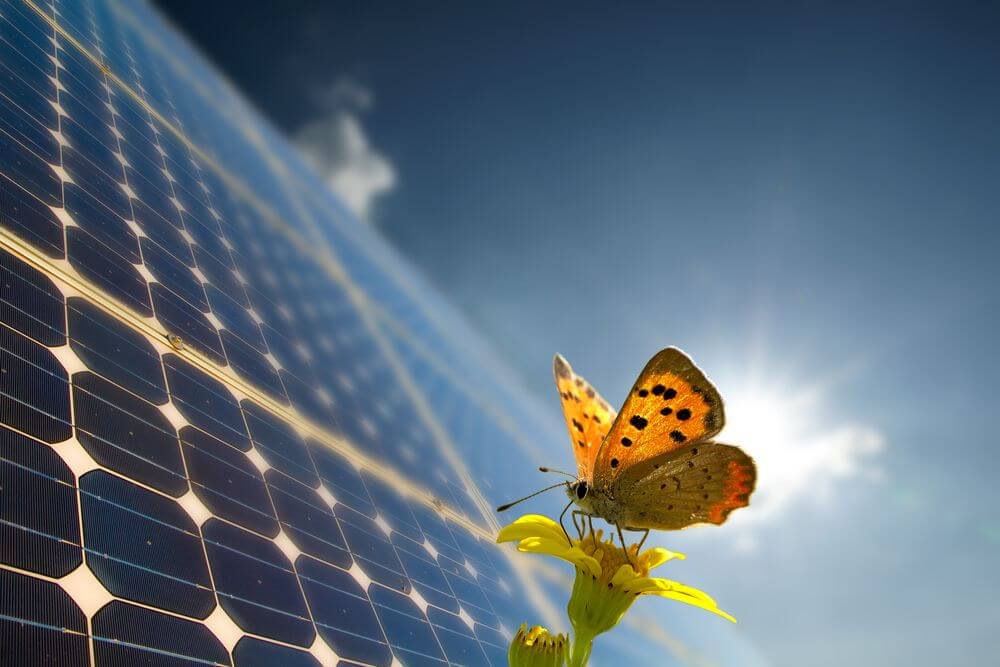Solar panel delamination refers to the separation of layers within the panel, typically the front glass or protective layer, the solar cells, and the backsheet. Delamination can be caused by various factors, and it’s a problem because it can reduce the efficiency and lifespan of the solar panel.
- Manufacturing Defects: Poor workmanship during the manufacturing process can result in insufficient adhesion between layers. If the adhesive used to bond layers together is not of high quality or not applied correctly, delamination can occur.
- Quality of Materials: The quality of materials used in the solar panel can affect its durability. Low-quality adhesives, backsheet materials, or glass may be more prone to delamination over time.
- Temperature Fluctuations: Solar panels are exposed to a wide range of temperatures, including extreme heat during the day and cooler temperatures at night. These temperature fluctuations can put stress on the materials and adhesive bonds, leading to delamination over time.
- Moisture and Humidity: Moisture infiltration is one of the primary causes of delamination. When moisture penetrates the panel, it can weaken the adhesive bonds and cause the layers to separate. This can happen over time due to exposure to rain, humidity, or even dew.
- UV Radiation: Solar panels are exposed to high levels of ultraviolet (UV) radiation from the sun. Prolonged exposure to UV rays can cause degradation of materials and adhesives, which can result in delamination.
- Mechanical Stress: Physical stresses, such as hail, snow loads, or wind-induced vibrations, can damage the panel and contribute to delamination. If the panel is not properly designed to withstand these stresses, it can delaminate.
- Poor Installation: Improper installation, including excessive pressure during mounting or inadequate fixing of the panel, can cause mechanical stress that leads to delamination.
- Impact Damage: Physical damage from objects striking the panel can lead to delamination. This is more likely in areas prone to hail or where panels are vulnerable to impact.
Delamination can reduce a solar panel’s efficiency by allowing air and moisture to penetrate, potentially leading to corrosion or electrical issues within the panel. It can also compromise the panel’s structural integrity and make it more susceptible to further damage from environmental factors.
Manufacturers are continuously working to improve the quality of solar panels and reduce the risk of delamination through better materials, manufacturing processes, and quality control. Proper maintenance, installation, and choosing high-quality panels from reputable manufacturers can help minimize the risk of delamination and ensure the longevity and performance of your solar array.


